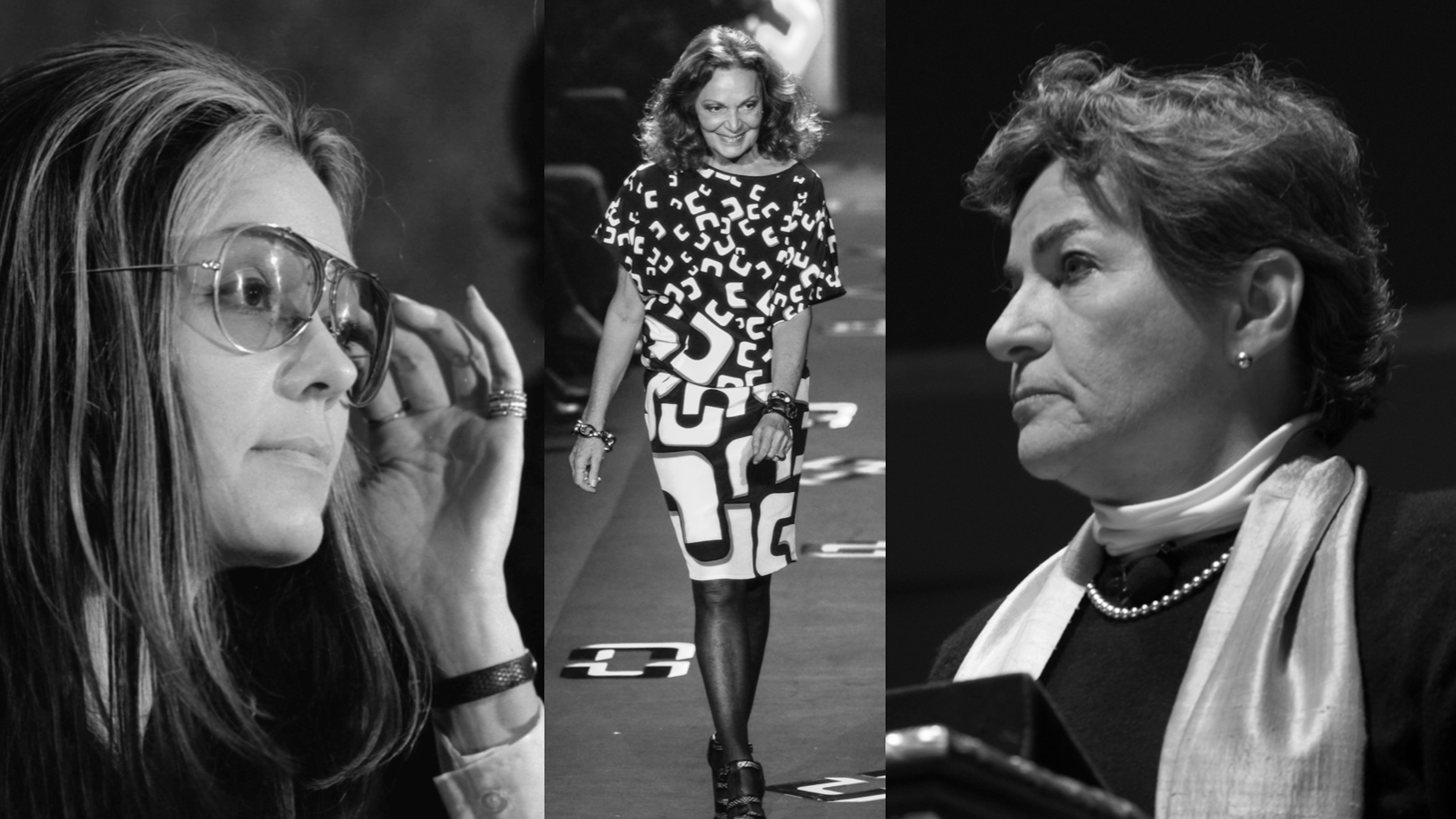Diversity hiring: How to support your ‘firsts’ and ‘onlys’

Diversity without inclusion is largely pointless. Beyond superficially satisfying some hiring metric, bringing on an employee who has little chance of thriving deprives the company of diversity’s benefit and puts the individual in a lose-lose situation. In her Big Think+ video, “The Power of Onlyness: Connect New Voices to the Group,” marketing expert and author Nilofer Merchant talks about how this can happen and how to make sure it doesn’t.
The danger of tokenism and its remedy
Tokenism is the name given to the practice of hiring a handful of people from underrepresented groups to create an impression of diversity, or of racial or gender equality. It’s a situation in which, as Merchant poetically puts it in her video, fellow employees are only “seeing the silhouette of the person, not the soul of the person.”
Merchant relates the story of a manager excitedly introducing a new hire to her co-workers as being remarkable for being a black woman in tech. He was so busy awarding himself diversity points he missed the fact that he was making her separate from everyone else by highlighting what they didn’t have in common.
Worse, focusing on her race suggested that this was the most interesting thing about her, a terrible disservice to a skilled engineer who’d joined the company full of enthusiasm and passion for the team mission. The attributes he failed to mention were precisely those that would have helped her co-workers immediately relate to her.
Merchant recommends a better approach: Highlight intersection points when introducing someone new. These are the things that make someone belong. It could be her excitement for the group’s task, it could be a talent of hers the team has been desperately needing. It could even be outside interests that the new person shares with everyone else.
Hiring intentionally
Merchant also addresses the general complaint among executives that qualified diverse candidates are just not out there. She suggests companies looking for qualified women and people of color stop restricting their search to the same old conferences, and begin seeking out new gatherings where those fresh candidates might already be. There’s an extraordinary array of untapped talent out there, and, as Merchant argues, “If we’re only funding a set of people who look the same as we do, we’re going to get the same kind of creative solutions.” The key is to widen the search to new places and then funnel the extraordinary people you find into your company.
Support beyond the hire
Finally, Merchant explains that employees who are different from the majority are likely to need support as they find their place and value within the company. The danger is that a diversity hire may feel pressured to conform, be a little less who they really are, and thus contribute less of their uniqueness to the company than they could.
Merchant advocates scheduling workday gatherings where everyone can talk and get to know each other. These conversations can provide a useful venue for discussing the hire’s new ideas, and to “create the context into which a whole bunch of people could come around the idea.” This way, the new employee’s contribution is seen less as hers alone, and the entire team has a chance to take ownership of it beside her.




